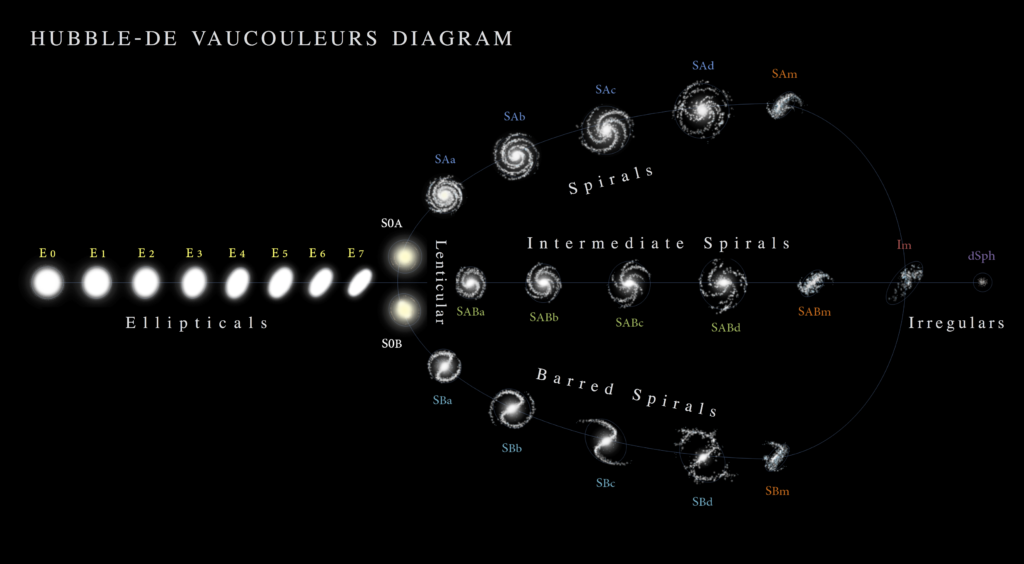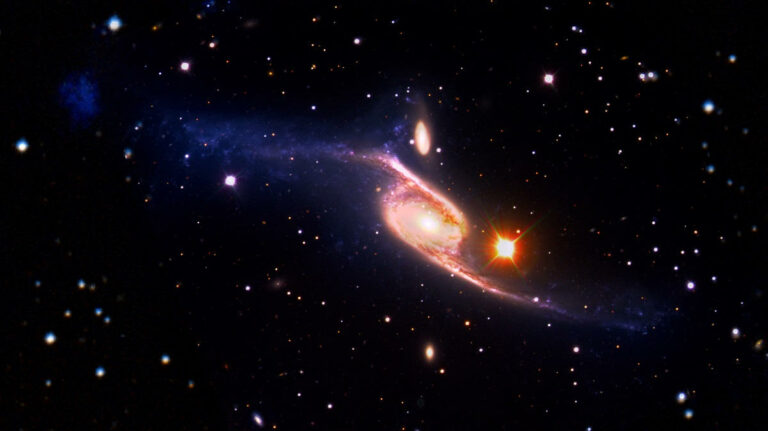Stunning new image captures the largest galaxy in the universe.
A breathtaking new image has been unveiled showcasing the galaxy that holds the title for the largest in the universe. Known as the Condor Galaxy or NGC 6872, this stellar system spans an impressive 522,000 light years from end to end, surpassing the Milky Way’s size of approximately 100,000 light years.

Situated in the Pavo constellation, this galaxy can be observed in the southern skies and is located 212 million light-years away from Earth. Although it was widely believed to be one of the biggest galaxies in the universe, NASA officially recognized NGC 6872 as the largest known galaxy in 2013.
The NGC 6872’s stunning new image showcases the galaxy’s grandeur by combining data from three observatories that capture different wavelengths of light. The image features visible light from the European Southern Observatory’s Very Large Telescope located in Chile, far-ultraviolet data from NASA’s retired space telescope, Galaxy Evolution Explorer, and infrared information from NASA’s Spitzer Space Telescope. The NGC 6872 is not only colossal in size, but it also has a distinct structure compared to our own galaxy. It is a barred spiral galaxy, characterized by two symmetrical bars of stars that extend from either side of the object, adorned with smooth and seamless arms. This particular type of galaxy is categorized as a SBb galaxy.

Antonio Ciccolella and M. De Leo are credited for the Hubble-de Vaucouleurs diagram used to illustrate galaxy morphology. The elongated form of NGC 6872 is thought to be a result of its close proximity to the neighboring IC 4970 galaxy. Although the dwarf galaxy is only a fraction of the size of its massive neighbor, it is believed to exert enough gravitational tidal forces on the Condor Galaxy to produce its unique shape.
Interactions between galaxies of this nature typically result in mergers, but data, including the newly released composite image, indicates that NGC 6872 and IC 4970 are actually forming a new galaxy.
Do not forget to share your opinion with us to provide you with the best posts !




0 Comments